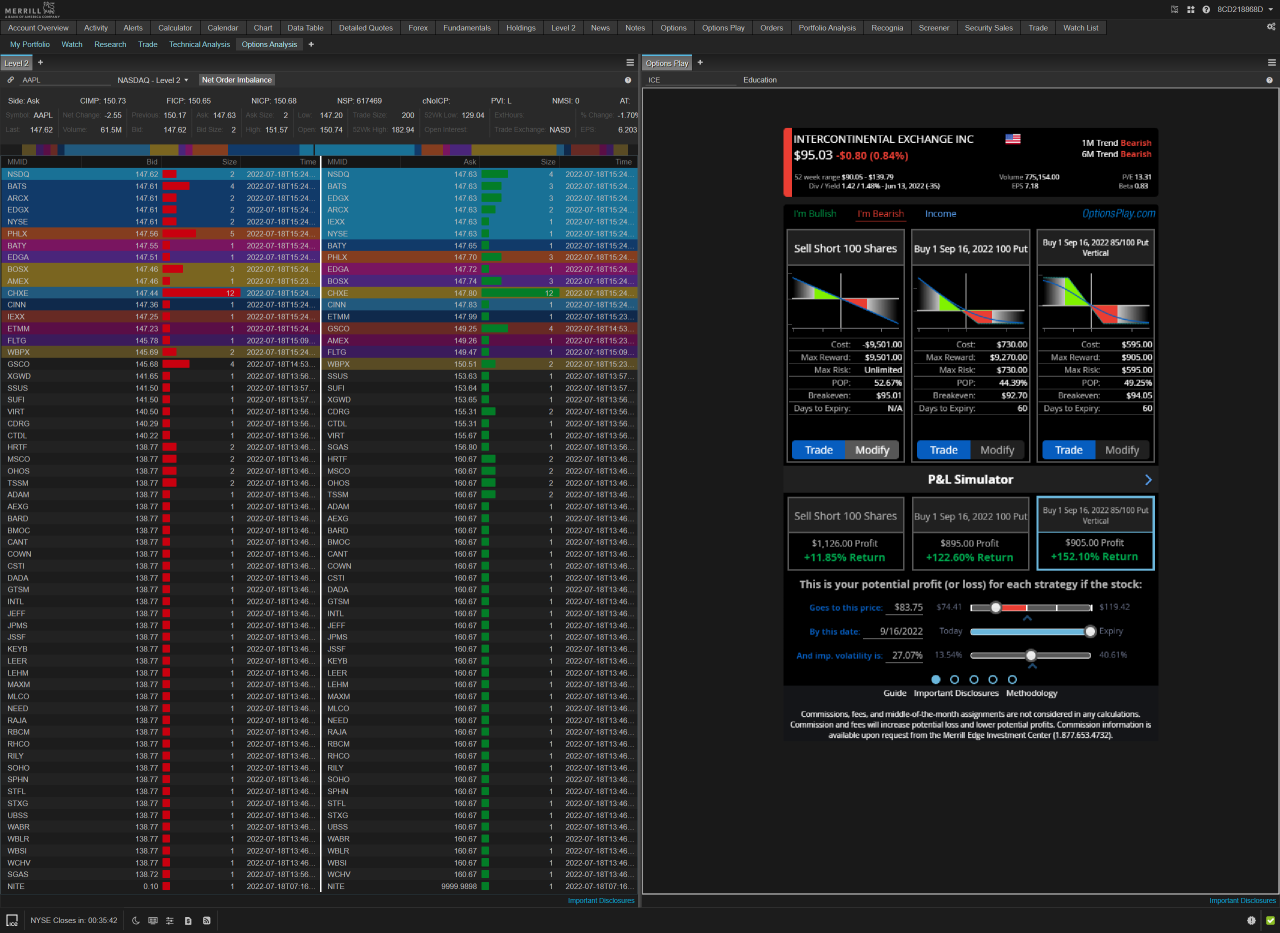Exploring the realm of Common AC Cooling Issues and DIY Fixes unveils a landscape of challenges and solutions that every homeowner may encounter. From identifying prevalent cooling problems to practical steps for troubleshooting, this topic delves into the intricacies of maintaining an efficient AC unit.
As we navigate through the nuances of air conditioning systems, understanding warning signs and DIY fixes becomes paramount in ensuring optimal cooling performance.
Common AC Cooling Issues
When it comes to home AC systems, there are several common cooling issues that homeowners may encounter. These problems can have a significant impact on the efficiency and performance of the AC unit, leading to discomfort and potential costly repairs if not addressed promptly.
Low Refrigerant Levels
One of the most frequent cooling issues is low refrigerant levels in the AC system. This can result from leaks or improper installation, causing the AC unit to struggle in cooling the air effectively. Warning signs of low refrigerant levels include reduced cooling capacity, ice buildup on the refrigerant lines, and a noticeable increase in energy bills.
Clogged Air Filters
Clogged air filters can also hinder the cooling process of an AC system. When the filters are dirty or blocked, airflow is restricted, making it harder for the unit to cool the air efficiently. Homeowners may notice reduced airflow from the vents, uneven cooling in different rooms, and an overall decrease in indoor air quality.
Faulty Thermostat
A faulty thermostat can lead to inaccurate temperature readings, causing the AC unit to run longer than necessary or not cool the space adequately. Warning signs of a faulty thermostat include temperature fluctuations, the AC turning on and off frequently, and an inability to reach the desired temperature set on the thermostat.
DIY Fixes for AC Cooling Problems
When facing AC cooling issues, there are several steps you can take to troubleshoot and potentially resolve the problem on your own before contacting a professional. Here are some practical DIY fixes to improve the cooling efficiency of your air conditioner.
Clean or Replace Air Filters
One common reason for reduced cooling efficiency in an AC unit is dirty or clogged air filters. These filters prevent dust and dirt from entering the system, but when they become blocked, airflow is restricted, leading to poor cooling performance.
Here's how you can clean or replace the air filters:
- Locate the air filters in your AC unit. They are usually found behind the front panel or within the air handler.
- If the filters are washable, remove them and gently wash with mild soap and water. Allow them to dry completely before reinstalling.
- If the filters are disposable, replace them with new ones according to the manufacturer's instructions.
- Regularly clean or replace air filters every 1-3 months to maintain optimal cooling efficiency.
Checking and Cleaning Condenser Coils
The condenser coils in your air conditioner play a crucial role in releasing heat absorbed from inside your home to the outside environment. Over time, these coils can accumulate dirt, debris, and grime, hindering their ability to dissipate heat efficiently.
Follow these steps to check and clean the condenser coils:
- Turn off the power to your AC unit before starting any maintenance.
- Locate the outdoor condenser unit and carefully remove any debris, such as leaves, grass clippings, or dirt, from the surrounding area.
- Using a soft brush or vacuum cleaner with a brush attachment, gently clean the exterior fins of the condenser coils to remove any buildup.
- For a deeper clean, use a coil cleaner spray to remove stubborn dirt and grime. Follow the product instructions carefully.
- Once the coils are clean, restore power to the unit and observe if there is an improvement in cooling performance.
Refrigerant Leaks

Refrigerant leaks in an AC system can lead to a decrease in cooling efficiency and potential damage to the unit. It is essential to address these leaks promptly to ensure your AC system functions optimally
Detecting Refrigerant Leaks
There are several ways to detect refrigerant leaks in an AC system:
- Look for oil stains or wet spots around the refrigerant lines.
- Listen for a hissing sound near the refrigerant lines when the AC is running.
- Use a leak detection kit that can identify refrigerant leaks through UV dye.
Dangers of Low Refrigerant Levels
Low refrigerant levels can lead to the following issues:
- Reduced cooling efficiency and increased energy consumption.
- Compressor damage due to overheating.
- Potential icing of the evaporator coil.
Handling Refrigerant Leaks Safely
When dealing with refrigerant leaks, it is crucial to follow these guidelines:
- Avoid direct contact with refrigerant as it can be harmful to your health.
- Use safety goggles and gloves when handling refrigerant leaks.
- Ensure proper ventilation in the area where the leak is present.
- Do not attempt to repair the leak yourself unless you have the necessary skills and equipment.
When in doubt or if the leak is significant, it is best to call a professional HVAC technician to address the issue safely and effectively.
Thermostat Malfunction

When your AC is not cooling properly, a malfunctioning thermostat could be the culprit. Signs of thermostat issues include the AC not turning on or off at the set temperature, inaccurate temperature readings, or the system running constantly without reaching the desired temperature.
Recalibrating or Replacing a Faulty Thermostat
If you suspect your thermostat is malfunctioning, you can try recalibrating it first. Refer to the manufacturer's instructions on how to recalibrate the thermostat to ensure accurate temperature readings. If recalibration doesn't solve the issue, it may be time to replace the thermostat.
Make sure to turn off the power to the AC unit before attempting any recalibration or replacement to avoid any electrical hazards.
Importance of Thermostat Maintenance
Maintaining your thermostat is crucial in preventing cooling issues with your AC system. Regularly check and replace the batteries in your thermostat to ensure it functions properly. Additionally, keep the thermostat clean from dust and debris that could affect its performance.
By taking simple steps to maintain your thermostat, you can ensure your AC system operates efficiently and keeps your home cool.
Wrap-Up
In conclusion, the journey through Common AC Cooling Issues and DIY Fixes sheds light on the importance of regular maintenance and proactive measures in preserving the functionality of your AC unit. By familiarizing yourself with these common problems and solutions, you empower yourself to tackle cooling issues with confidence and efficiency.
Expert Answers
How can I tell if my AC unit is experiencing a refrigerant leak?
To detect a refrigerant leak, look for frozen coils, hissing sounds, or a noticeable decrease in cooling efficiency. If you suspect a leak, it's best to consult a professional for proper diagnosis and repair.
What are some common signs of a malfunctioning thermostat in an AC system?
Signs of a faulty thermostat include inconsistent temperatures, frequent cycling on and off, or unresponsive controls. Recalibrating or replacing the thermostat can often resolve these issues for improved temperature control.
How frequently should air filters be cleaned or replaced for optimal cooling efficiency?
It is recommended to clean or replace air filters every 1-3 months, depending on usage and environmental factors. Clogged filters can impede airflow and strain the AC unit, leading to cooling problems.




